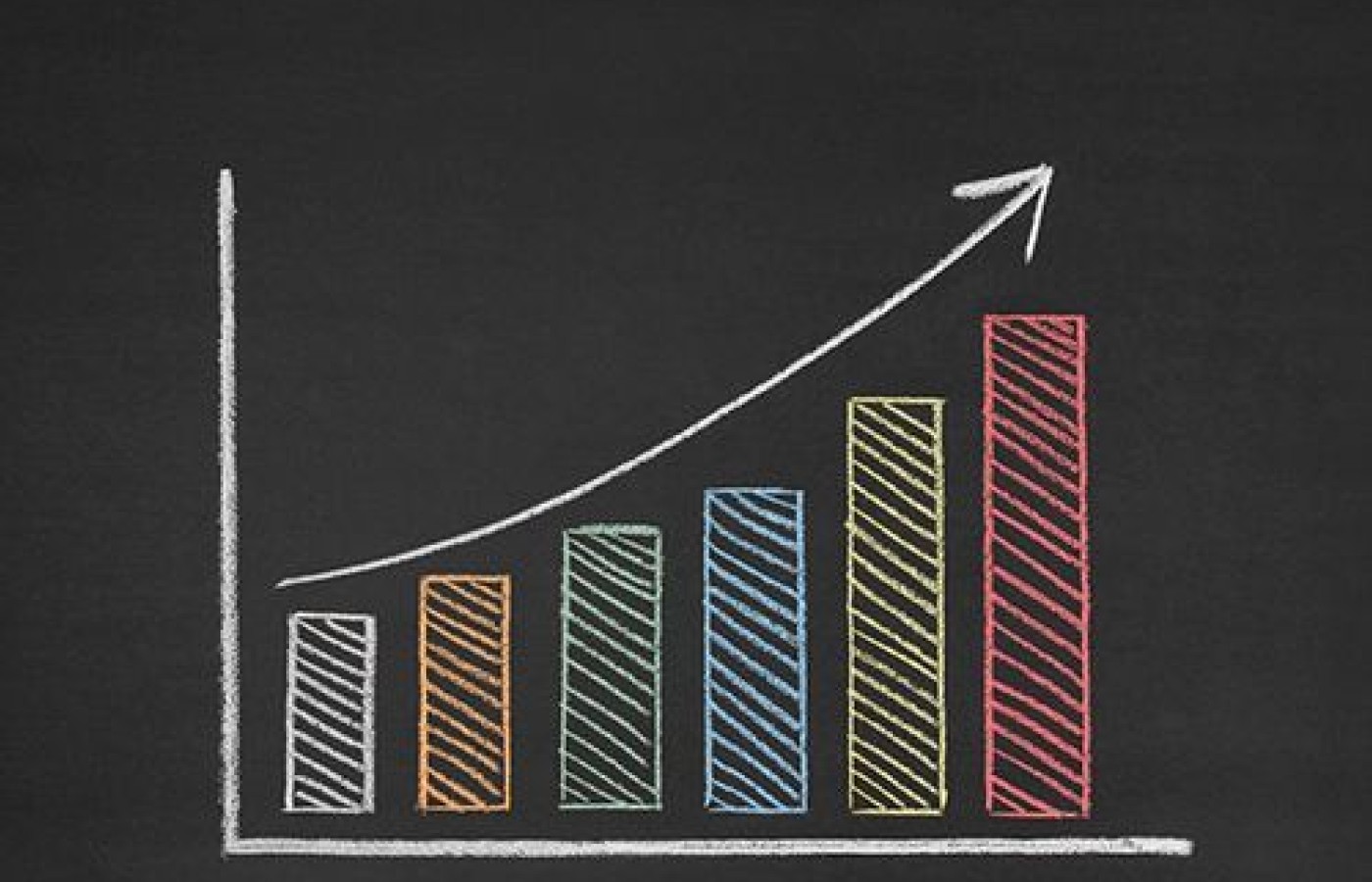Whether you accept it, avoid it or live somewhere in between, insurance coverage has become a defining issue for our profession. Patients increasingly expect to use their benefits, practitioners want to be compensated fairly for their time and expertise, and the system itself remains – at best – fragmented. The encouraging news is that coverage has expanded in meaningful ways. The challenging news is that reimbursement, across the board, remains inadequate.
Expanding the Profession ... Acupuncturists Weigh-In
At the end of 2018 Acupuncture Today sent a survey to over 30,000 acupuncturists. The objective was to establish an opinion of the current products and services used/sold, as well as what acupuncturists are looking to use/sell to expand their practices. The survey also examined the media they depend on for new information and patients—responses can be compared to a similar survey from October 2015.
Products & Services ... CBD is on the Rise
Fifty-one percent of respondents are offering products to half or more of their patients. This response shows considerable growth compared to AT's 2015 survey results, which 41 percent of acupuncturists reported offering products to at least half of their patients, and only 11 percent reported offering products to almost all of their patients compared to 25 percent in 2018. Acupuncturists were also asked, "what is your future expectation about what you offer to your patients?"
Over half (56 percent) expect to offer "about the same" products and services to their patients, with 41 percent expecting to increase the products and services they offer and 3 percent expecting to decrease. For acupuncturists "thinking about offering" a different product, CBD products are at the top of the list (26 percent). Other products include, weight-loss (12 percent), anti-aging (12 percent) and nutritional supplements (12 percent).

Herbs are the leader for the product line most offered (74 percent), others include topical analgesics (69 percent), herbs – granular/capsules (68 percent) and nutritional supplements (58 percent). As far as services go, cupping was offered most (86 percent), with topical analgesics (73 percent) and infrared (65 percent) not far behind.
News & Information
Most acupuncturists get their news/information from seminars (79 percent), while trade publications (63 percent) and colleagues (62 percent) fall shortly behind. Interestingly enough, more acupuncturists get their professional news/information from digital trade publications, rather than from print trade publications (63 percent vs. 59 percent).
On a similar note, where acupuncturists find information about new products/services is from seminars—a top choice for almost three-quarters of the profession (72 percent), followed by colleagues (64 percent), internet (63 percent) and trade digital publications (52 percent). Again, digital trade publications lead print trade publications 52 percent vs. 46 percent.
The Practice Model
A selection of practice models were provided in an effort to understand which model acupuncturists most closely identify with. Most are still practicing in a traditional acupuncture/herb practice (71 percent combined) in which 90 percent or more of their revenue comes from acupuncture/herbs in either a single-LAc office (62 percent) or a multiple-LAc office (9 percent).
Eighteen percent of acupuncturists practice with a broader scope: 20 percent or more of their revenue comes from something other than acupuncture/herbs either in a single-LAc office (13 percent) or a multi-LAc office (5 percent). Specialized practices (3 percent), interdisciplinary practices (4 percent) and integrated interdisciplinary practices (4 percent) make up the rest of the models. Single-LAc practices constitute three-quarters of the total.
Third-Party Payers & Years in Practice
Fifty-nine percent of acupuncturists responded that their third-party reimbursement is less than 10 percent (18 percent) or none (41 percent). This was followed by 11 percent who receive a quarter of their revenue from third-party payers, 17 percent who receive half of their revenue, 9 percent who receive three-quarters and 4 percent who receive almost all revenue from third-party reimbursement.
The largest percentage of acupuncturists (23 percent) have been practicing for 15-19 years. The remaining segments are fairly evenly spread, 10-14 years (19 percent), 5-9 years (17 percent). However, acupuncturists who have been practicing less than 5 years, are only at 9 percent.



